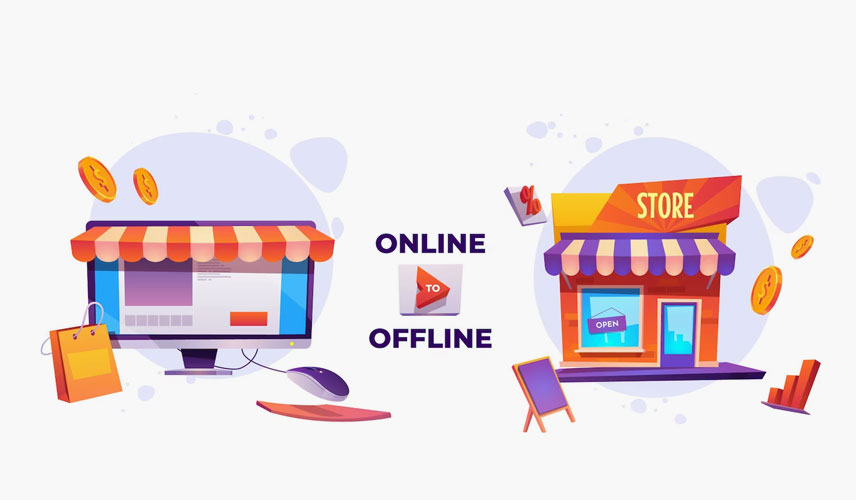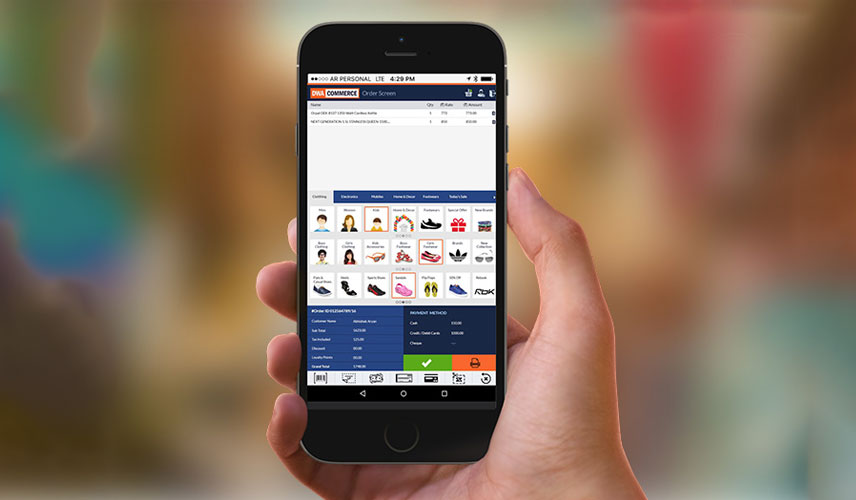Composable Ecommerce: The Future of Online Shopping
Composable Ecommerce is a new approach to online shopping that is changing the game for retailers and consumers alike. This innovative approach involves breaking down the various components of ecommerce into smaller, more manageable parts, allowing retailers to create a more personalized and tailored shopping experience for customers. In this article, we'll take a closer look at Composable Ecommerce, how it works, and why it's the future of online shopping.
What is Composable Ecommerce?
Composable Ecommerce is a new approach to online shopping that involves breaking down the various components of ecommerce into smaller, more manageable parts. By doing so, retailers are able to create a more personalized and tailored shopping experience for their customers. This approach involves the use of APIs, or Application Programming Interfaces, which allow different components of ecommerce to communicate with each other seamlessly.
How does Composable Ecommerce work?
Composable Ecommerce works by breaking down the various components of ecommerce into smaller, more manageable parts. These components can include things like shopping carts, payment processing systems, shipping and fulfillment systems, and more. By breaking these components down into smaller, more manageable parts, retailers are able to create a more personalized and tailored shopping experience for their customers.
One of the key components of Composable Ecommerce is the use of APIs. APIs, or Application Programming Interfaces, allow different components of ecommerce to communicate with each other seamlessly. This means that retailers can create a more seamless and integrated shopping experience for their customers.
What are the benefits of Composable Ecommerce?
There are many benefits to using Composable Ecommerce. Some of the key benefits include:
Personalization: Composable Ecommerce allows retailers to create a more personalized shopping experience for their customers. By breaking down the various components of ecommerce into smaller parts, retailers are able to tailor the shopping experience to each individual customer.
Scalability: Composable Ecommerce is highly scalable, which means that it can be easily adapted to meet the needs of retailers of all sizes. Whether you're a small business just starting out or a large enterprise looking to expand your ecommerce offerings, Composable Ecommerce can help.
Flexibility: Composable Ecommerce is highly flexible, which means that it can be easily customized to meet the specific needs of each individual retailer. This means that retailers can create a more tailored and unique shopping experience for their customers.
Seamless integration: Composable Ecommerce allows different components of ecommerce to communicate with each other seamlessly. This means that retailers can create a more seamless and integrated shopping experience for their customers.
FAQs:
Q: Is Composable Ecommerce difficult to implement?
A: No, Composable Ecommerce is designed to be easy to implement and use. Many ecommerce platforms and solutions offer Composable Ecommerce capabilities out of the box.
Q: How does Composable Ecommerce differ from traditional ecommerce?
A: Composable Ecommerce differs from traditional ecommerce in that it involves breaking down the various components of ecommerce into smaller, more manageable parts. This allows retailers to create a more personalized and tailored shopping experience for their customers.
Q: Can Composable Ecommerce help me grow my business?
A: Yes, Composable Ecommerce can help businesses of all sizes to grow and expand their ecommerce offerings. By creating a more personalized and tailored shopping experience for customers, retailers can increase customer loyalty and drive sales.
Conclusion:
Composable Ecommerce is the future of online shopping. This innovative approach allows retailers to create a more personalized and tailored shopping experience for their customers, while also offering scalability, flexibility, and seamless integration.








